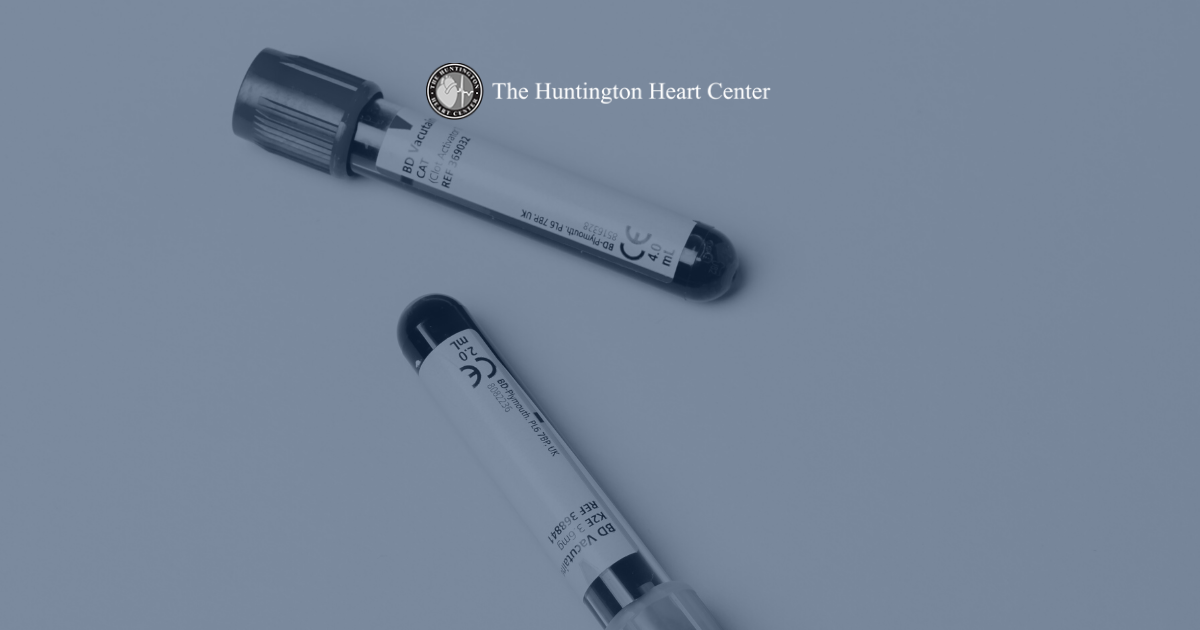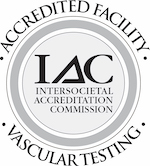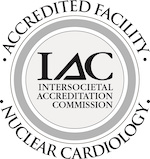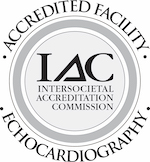A Guide to Preventing Heart Disease
Unfortunately, most patients who experience serious cardiovascular issues have waited too long and ignored many potential red flags. For some, the threat of long-term damage is not enough to stop them or change their lifestyle. For others, not knowing the warning signs of a heart problem often catches up with them later in life.
As the old adage goes, an ounce of prevention is worth a pound of cure and this is particularly true for heart disease which is the leading cause of death in the United States and many other countries around the world.
But what does a true prevention program look like?
While many patients accumulate a raft of heart medications over the course of middle-to-later-age, they aren’t always the answer. Rather, many are a bandage over serious underlying issues and only work for as long as they are taken. Further, many medications create minor or even major symptoms that can compromise the patient’s lifestyle.
In the past few decades, we have seen the hallmarks of future cardiovascular disease appear at earlier and earlier ages. Patients in their 20s and 30s routinely experience high cholesterol, high blood pressure, pre-diabetes or full-blown diabetes. This is a reality that we did not experience nearly as often, a generation or two ago, and closely follows the trend of a more sedentary lifestyle and more liberal diet full of processed, high fat, high sugar and high carb foods. Of course, for some, these issues are hereditary or induced by other conditions or medications that they cannot control, but for the vast majority, these are the earliest warning signs of problems to come.
So how can we effectively create a prevention program that reduces the risk of cardiovascular disease in the future?
First, patients need to be very honest with their primary care physician. Their PCP is the first line of defense and is the most appropriate resource to handle general health issues. Those who are showing abnormal signs should be placed on a routine screening program including physicals and blood tests. The very nature of blood testing allows for an easy diagnosis and minimal inconvenience to the patient.
In conjunction with their primary care provider, patients should explore the possibility of investing in mental and physical health. This can be in the form of a trainer, dietician or even some therapy to address any lifestyle issues that may be getting in the way of their health. While this may seem like a significant expense, each condition that leads to cardiovascular disease can increase the patient’s financial outlay by hundreds or even thousands of dollars a year. Not to mention intangible costs in the form of compromised lifestyle. Consider an investment in physical and mental health as a way to save that money and live a happier, longer and fuller life.
Even some sleep issues, many of which we treat our sleep center on Long Island, can help contribute to cardiovascular disorders such as high blood pressure and sleep apnea.
As patients age, and their cardiovascular conditions become less manageable, it will be time for specialty care in the form of a cardiologist. When a patient comes to the Huntington Heart Center, their condition may still be moderate. This may be the last chance to take cardiovascular problems seriously before they become chronic and hopefully reverse some of the damage that may have been caused. The cardiovascular system is surprisingly resilient and while improvement may be slow to come, any actions taken now can pay off significantly later in life in the form of reduced intervention.
Bottom line
We suggest the following to take back control of your health.
- Immediately improve your diet and exercise program by cutting out saturated fats, simple carbs like sugar and white bread, increasing consumption of whole vegetables and fruits and getting at least thirty minutes of moderate activity, four times a week
- If you haven’t visited your primary care physician in the past year, schedule a visit to make sure that you catch any potential problems as early as possible
- Get a simple blood test to determine that all of your levels are appropriate. You may consider a vitamin panel as well to ensure balanced nutritional levels.
- If you were referred to a cardiologist or other specialist in the past, but never took the appointment, it is not too late to do so – schedule it as soon as possible.
- If you haven’t visited the dentist in a while, go for an exam and cleaning. Yes, periodontal disease can affect your heart health
- If you are having trouble sleeping, consider visiting a sleep center, like ours, to understand if you have any underlying medical issues that may be compromising the health of your heart
- And of course, if you believe you are having a medical emergency, go to your nearest ER or call 911 immediately.








